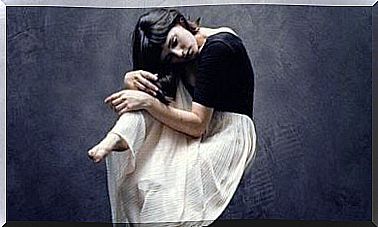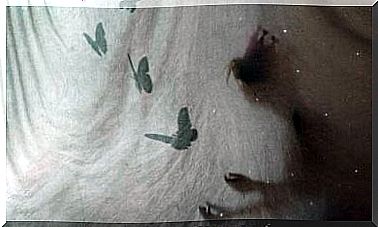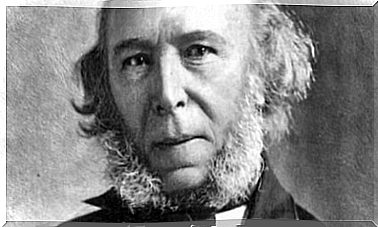The Basic Statistical Concepts

Statistics is a branch of mathematics that studies variability, as well as the process that calculates it, by following the laws of probability and using the associated models. We know that statistics are necessary to conduct surveys and studies, as well as to understand the results they provide. But what are the basic statistical concepts?
To explain the basic statistical concepts, we must turn to descriptive statistics. This branch of statistics focuses on describing experimental data. More specifically , it includes the collection, organization and analysis of data. The data describes a set of elements that belong to a population.

The basic statistical concepts
According to Professor Ignacio Cascos, from the Universidad Carlos III de Madrid, these are some of the basic statistical concepts everyone should know:
1. Population
A population is a well-defined set of similar objects or individuals, with certain characteristics that are of interest to observers.
The population can be finite or infinite. Therefore, the size of the population is the number of objects or individuals it contains. The size of a population is usually denoted by N .
If the population is very large, it can be expensive to conduct a study. In addition, if you have access to an entire population, it is also not necessary to perform hypothesis testing. If the population is large, it is therefore more common for researchers to collect data from a sample from the population. A sample is a subgroup of the population.
2. Object / Individual
An object is an individual object or individual in the population. These objects do not necessarily have to be human. However, this is usually the case in psychological research.
3. Selection
A sample is a subgroup of the population. This subgroup will be composed of individuals from the population who reflect its characteristics as best as possible. If the sample reflects the characteristics of the population, the sample is representative. Furthermore, the sample size is the number of individuals it has. We denote the size of the sample size by n .
4. Variables
A variable (X) is a symbol that represents any characteristic, number, or quantity of the population that scientists can measure or count. Correlation (s) is a measure of the strength and direction between two quantitative variables. In other words, about how two variables affect each other.

The statistical concepts and different types of variables
Depending on how we measure a variable, it can be divided into three main groups :
1. Continuous variables
If the variables are continuous, it means that the distance between the values is very small. In addition, there will also be many values on the variable. An example of such a variable could be income in kroner and øre, or time.
2. Discrete variables
In contrast to continuous variables, there is a greater distance between discrete variables. There will also be much fewer values on the variable. As an example, we can use education, secondary school, high school and university. Or exam grades where it only goes from A to F.
3. Dichotomous variables
Dichotomous variables are perhaps the easiest form of variables to understand. If a variable is dichotomous, it means that there are only two different values of the variable, an example of such a variable is gender, as you are either male or female.
The statistical concepts: Dependent and independent
In addition to the three main groups, variables will also be divided into dependent and independent:
Dependent variables
Also called effect variables, they are variables that are affected by other values. That is, the value of variable Y will be affected by the value of variable X.
Independent variables
Or causal variables, are variables that affect other variables. In the opposite way of dependent variables, the value of variable X will affect which value you get of variable Y.
Let’s look at an example: Your annual income (Y) will be affected by what profession you have (X). Career choice then has a clear impact on annual income. Thus, annual income will be the dependent variable, while occupation is the independent variable.
The statistical concepts: statistical location
In descriptive statistics, you can determine the position of your data by using location measurements.
Target for central trend
Averages, or measurements for central tendency, are typical or representative values for a data set. Therefore, their purpose is to summarize all the data with a single value.
The most common measures of central trend are type numbers, medians and averages. It is important not to mix these together, because even though it may seem like they are measuring the same thing, it is not that simple.

- Type number (mode). The type number is a measure that describes the object / individual that has the largest number of observations, in other words, the one it is most of. If there is more than one of these values, the variable is multimodal. Furthermore, you can calculate type numbers for all types of variables.
- Median. The median of a sample is the value that divides the sample into two parts, so that both parts have an equal number of objects or individuals. Consequently, half of the data will be less than or equal to the median. In the same way, the other half of the data will also be larger or equal to the median. Therefore, if there is more than one median, you need to take the midpoint between the largest and smallest medians. This will be the value displayed in the sample, which will act as the median.
- Average. This is the most common measure of central tendency, and is also often called mean value. The average is the geometric center or expected value of the data. However, there are a few distinctive qualities at the average. It may happen that the average is not representative of the sample, but at the same time it may not represent any actual value from the sample. In other words, the value designated as the average may not exist in the sample.
Concluding thoughts on the statistical concepts
Although there are many more terms used in statistics, these are the most basic. By using these statistical concepts you can organize and calculate statistics as well as representations of data. Thus, these are indispensable tools for researchers and the scientific community. Statistics will give you a complete map of the results of a study or experiment.









